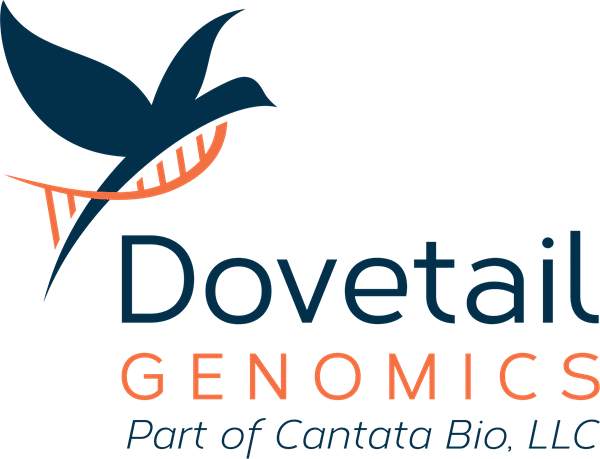Menu
Menu
The Keystone series of conferences has not only become synonymous with their picturesque location and intimate atmosphere but also the scientific passion attendees bring to each conference. When Keystone announced that the Epigenetics, Chromatin Architecture, Development and Disease Conference would be moving to a virtual format, we wondered whether they could maintain the intimacy and quality of the science without bringing everyone together at that magical destination? We’ve attended a lot of virtual conferences in the past year, and as far as the science and interaction are concerned, this was towards the top of our list.
On Monday, May 24th, approximately 180 scientists from the US and Europe came together virtually for four hours of cutting-edge science delving into the mechanisms underlying chromatin-based functional control of genomes and transcriptional regulation. Ten speakers shared recent research advances from their labs with topics split between gene regulation, cell development and human disease (notably cancer). Both the presentations themselves and the interactive Q&A were notable.
Being a technology company, it was interesting for us to see the expanding spectrum of techniques being used to probe the role of epigenetics, and most notably chromatin architecture, in these research areas. As expected, RNA-seq featured heavily within the data shared, followed by ChIP-seq, Hi-C, and imaging. However, several new and emerging technologies were described including a new in situ sequencing technology being developed by Jason Buenrostro at Harvard. We will be interested to see how that evolves.
Dr. Juanma Vaquerizas from the MRC London Institute of Medical Sciences gave an excellent talk on the relationship between tissue-specific gene regulation and 3D chromatin organization during embryonic development. He used the dorsoventral patterning of the Drosophila melanogaster embryo at the cellular blastoderm stage (nuclear cycle 14) as a model system.
Dorsoventral patterning of the Drosophila embryo is controlled by the nuclear concentration of the transcription factor Dorsal (Dl); high levels of nuclear Dl specify mesoderm, intermediate levels specify neuroectoderm, and nuclei lacking Dl become dorsal ectoderm.
Previous work made it possible for Dr. Juanma and his team to obtain females that produce embryos consisting entirely of either mesoderm, neuroectoderm, or dorsal ectoderm. These embryos provide a powerful system to investigate the 3D genome organization in different tissues.
Dr. Juanma presented data showing clear differences in chromatin state and gene expression between the embryos. He then proceeded to ask the question of whether these tissue-specific differences in gene expression and chromatin state are associated with tissue-specific 3D chromatin organization. Surprisingly, Dr. Juanma highlighted that the 3D chromatin organization is similar between tissues. He argued that tissue-specific chromatin organization is not required for tissue-specific gene expression during this developmental transition.
This unexpected finding was supported by comparing Hi-C maps depicting the 3D chromatin organization across embryos and quantitatively measuring changes in chromatin conformation genome-wide using CHESS, a new tool developed by Dr. Juanma’s lab. It was particularly interesting to hear Dr. Juanma mention towards the end of the talk that his group was able to examine chromatin conformation at dorsoventral patterning genes at 500-bp resolution. To achieve this ultra-high resolution, Dovetail® Micro-C data were generated using micrococcal nuclease digestion instead of restriction enzyme-based digestion that is traditionally adopted in Hi-C.
In a similar vein, Dr. Effie Apostolou at Weill Cornell Medical College shared a stimulating study on how the transcriptional machinery and chromatin architectural factors influence cell fate decisions. Using mouse pluripotent stem cells (PSC) as a model system, she investigated how the molecular features of PSC identity are reset during the mitosis to G1 transition, the order of appearance of these changes and how they correlate with features of PSC identity. To answer these questions, in addition to an asynchronous population, cells were captured in mitosis, early G1 or late G1 and analyzed using PRO-seq and Hi-C techniques.
Knowing that there are waves of transcriptional reactivation, with genes involved in stem cell maintenance recovering at the earliest time points, Dr. Apostolou and her team investigated the role of chromatin architecture in this observation. Chromatin compartments and topologically associating domains (TADs) are lost during mitosis and rapidly re-established following mitosis, detectable in the early G1 samples. However, delving deeper into the data, the team was able to determine that different chromatin architectural features are re-established on different timelines. Loops re-established at the earliest time point tend to have an activating/regulatory function, are smaller in size and enriched in H3K27ac, transcription factors and PolII while those re-established more gradually or later take on more structural functions, are significantly larger, and instead enriched in CTCF/cohesion. Taken together, this and other data led the team to conclude that H3K27ac takes on a mitotic bookmarking function involved in the early activation of genes necessary to maintain stemness.
While both studies used traditional approaches to Hi-C to generate the shared data, it was of interest to hear from these researchers how their work would benefit from the higher resolution afforded by Micro-C, a Hi-C technique that enables nucleosome level resolution due to the use of micrococcal nuclease rather than traditional restriction enzymes during the fragmentation step. We look forward to seeing those higher resolution views at next year’s meeting.
 100 Enterprise Way
100 Enterprise Way